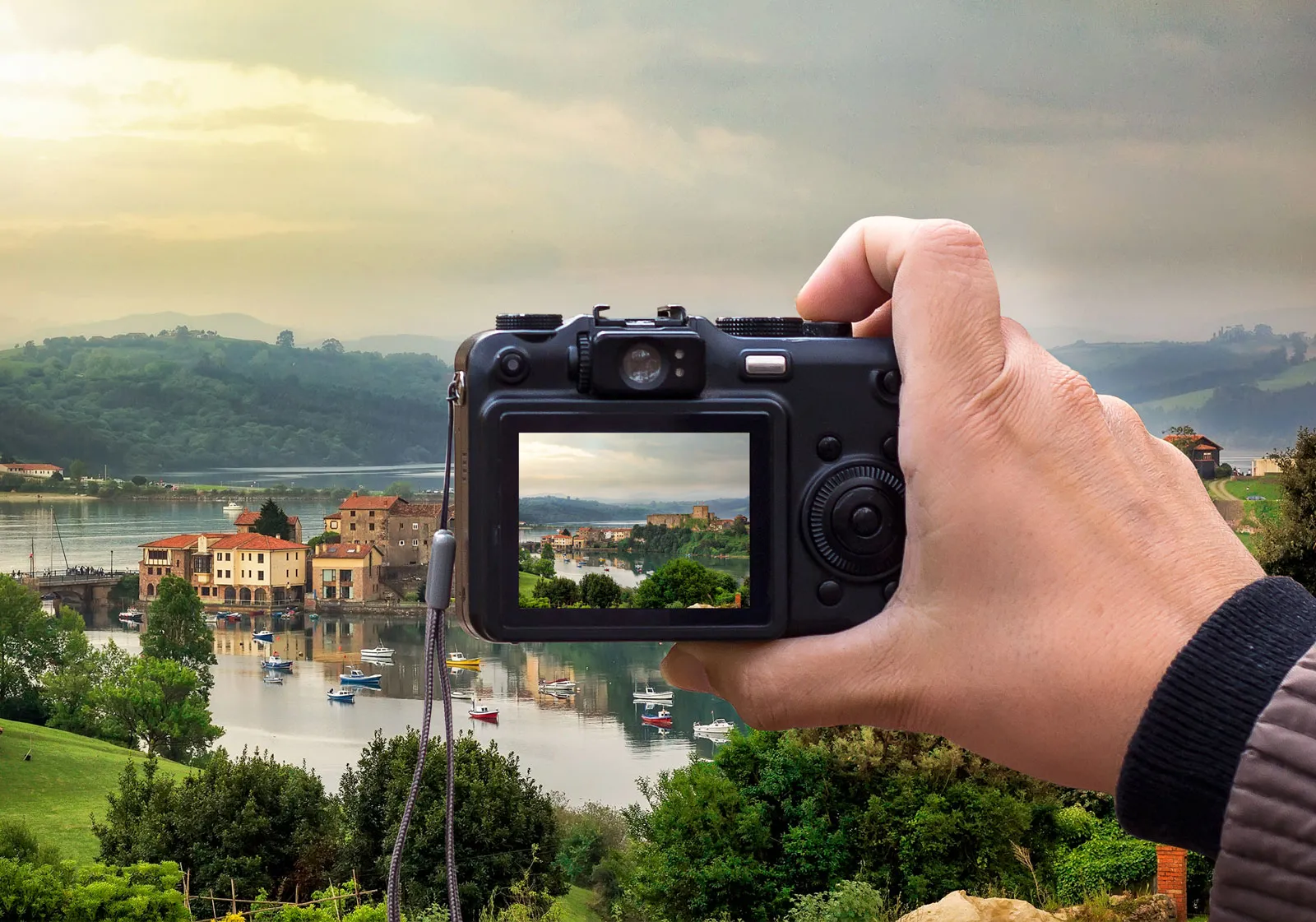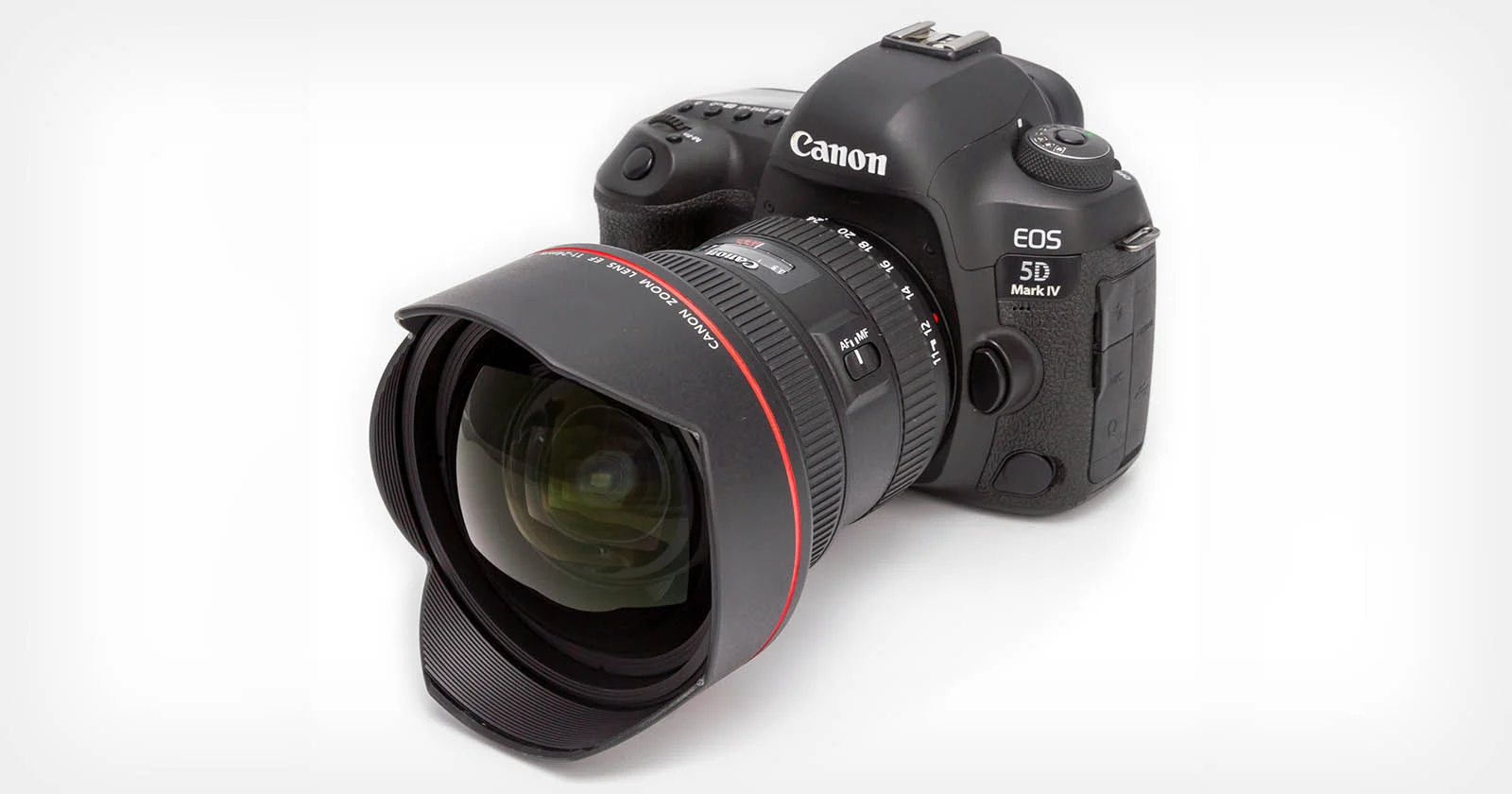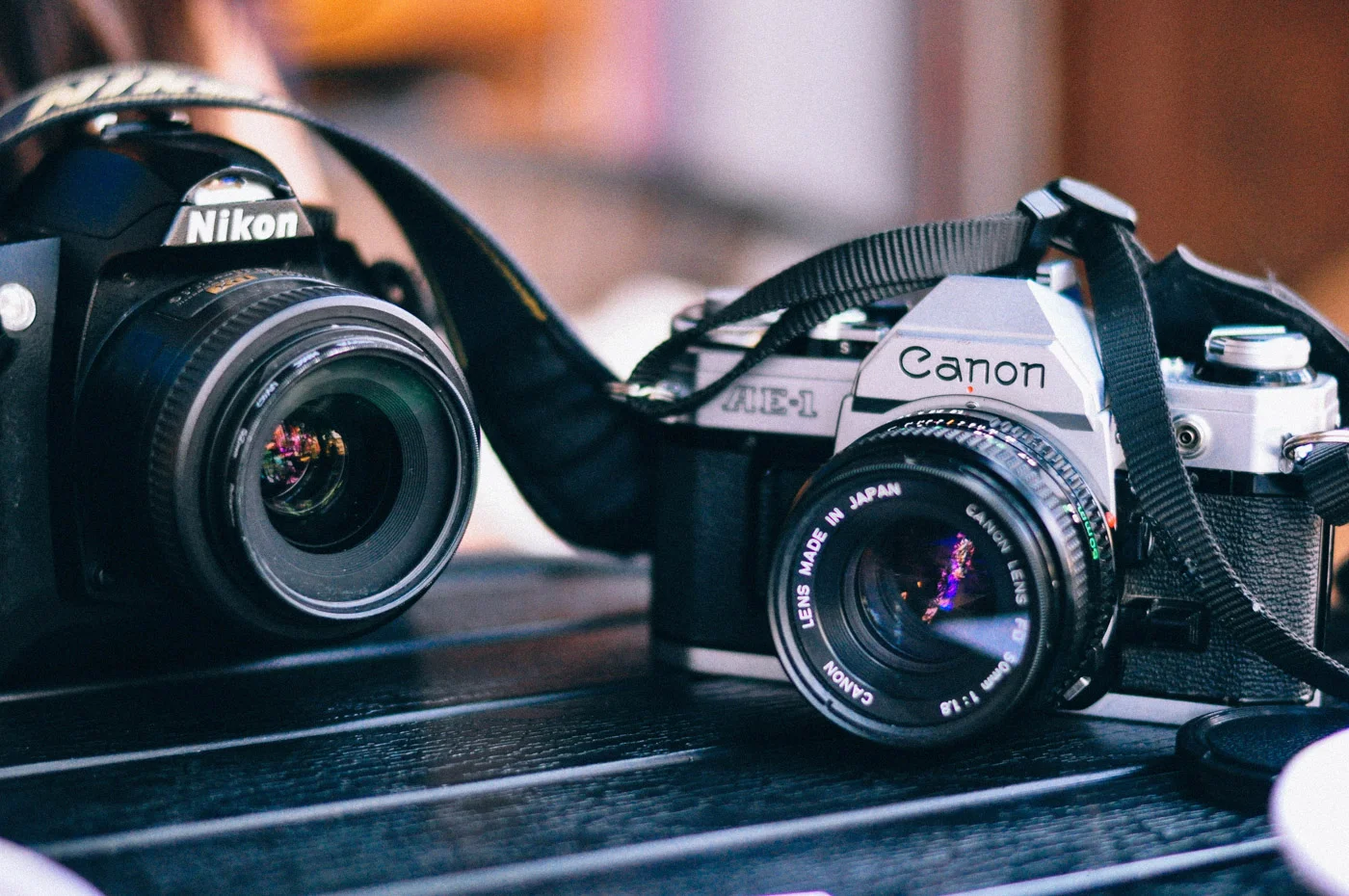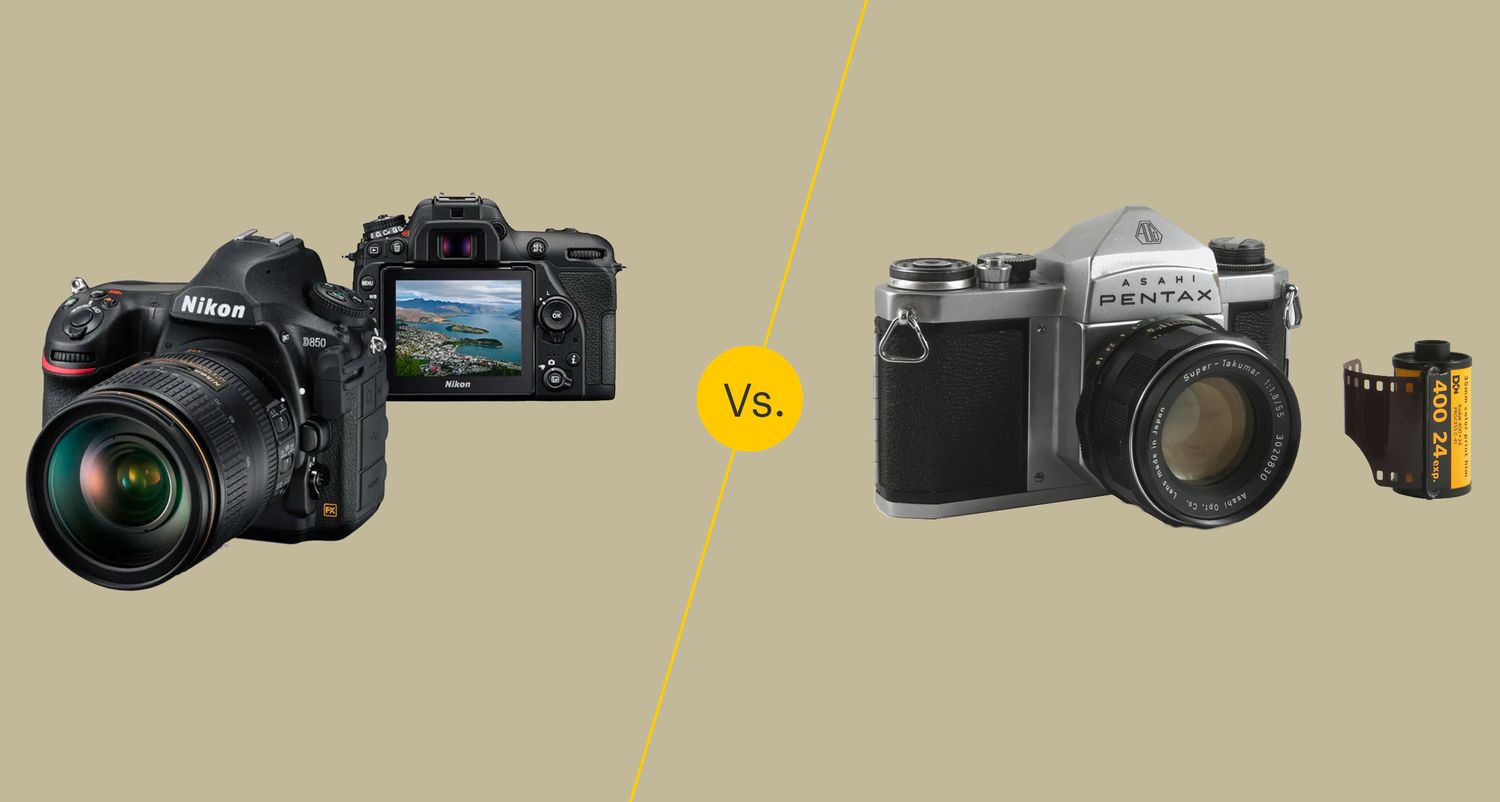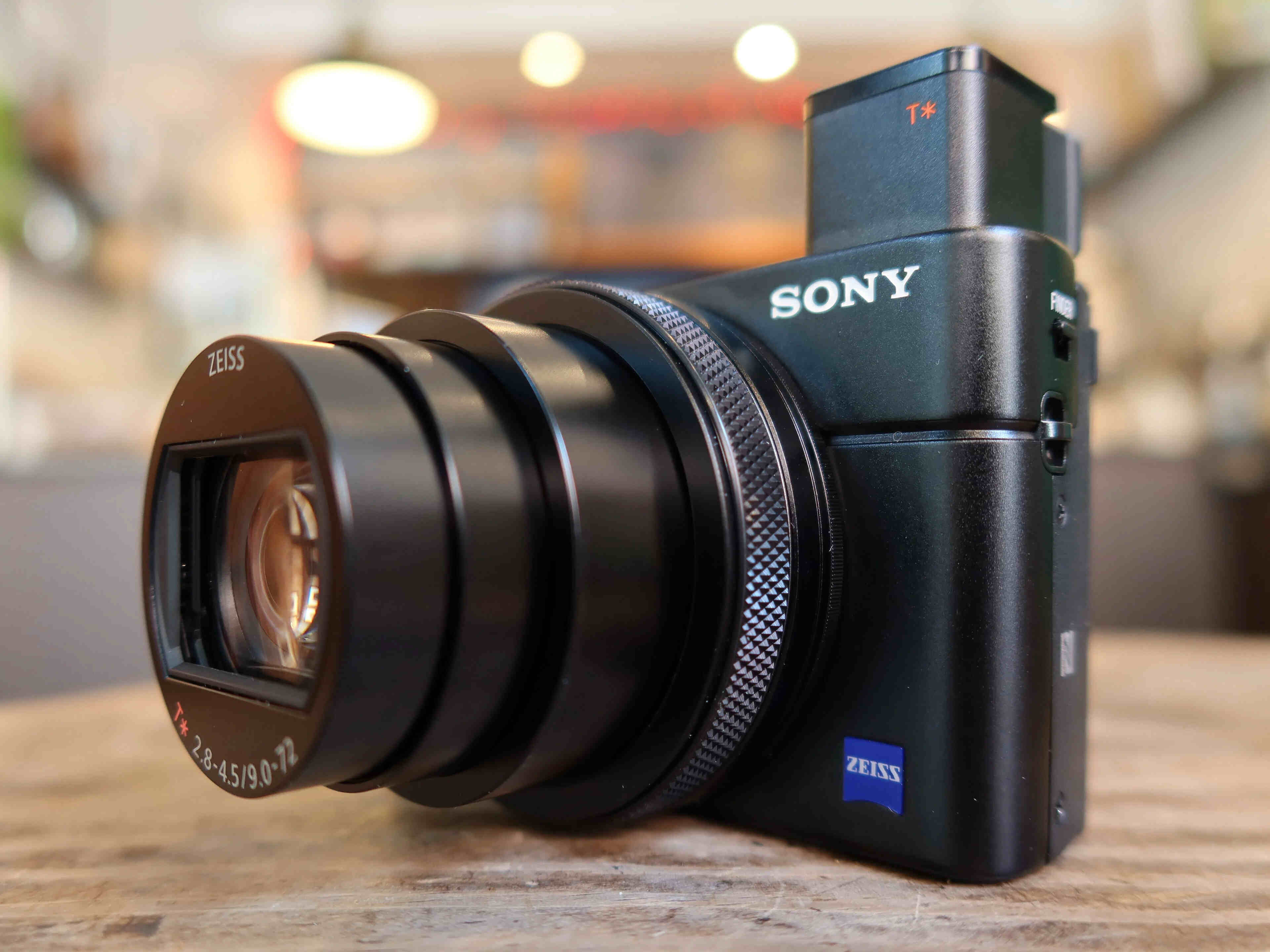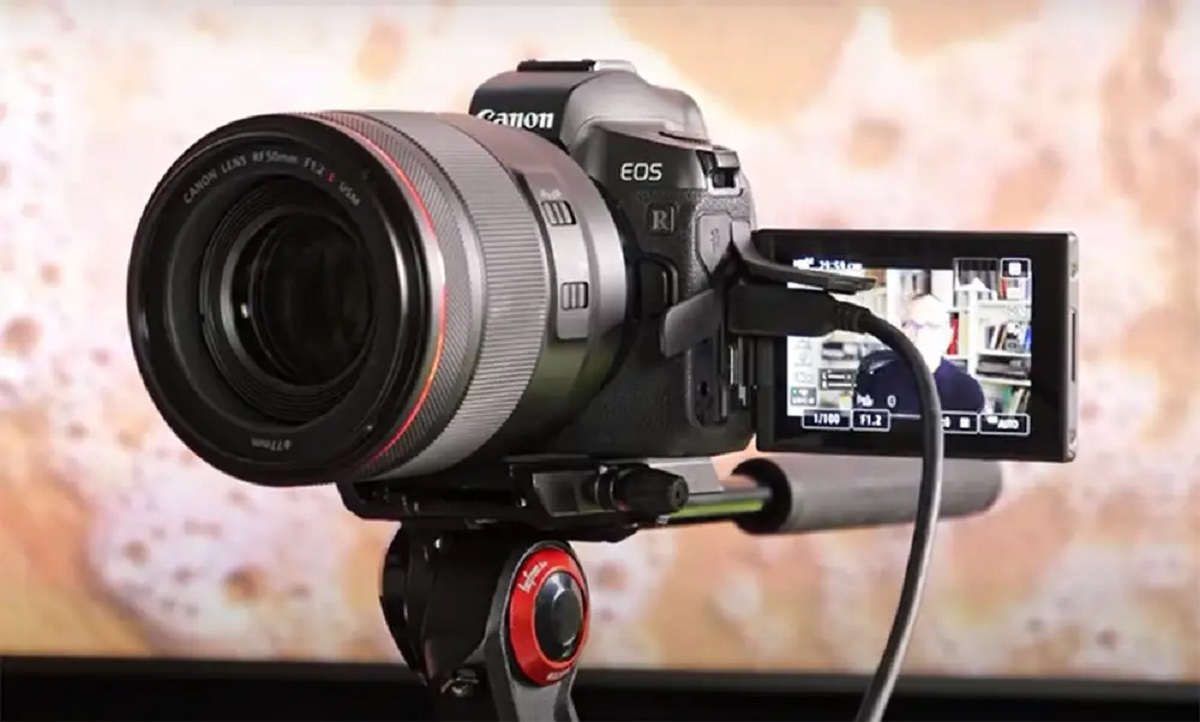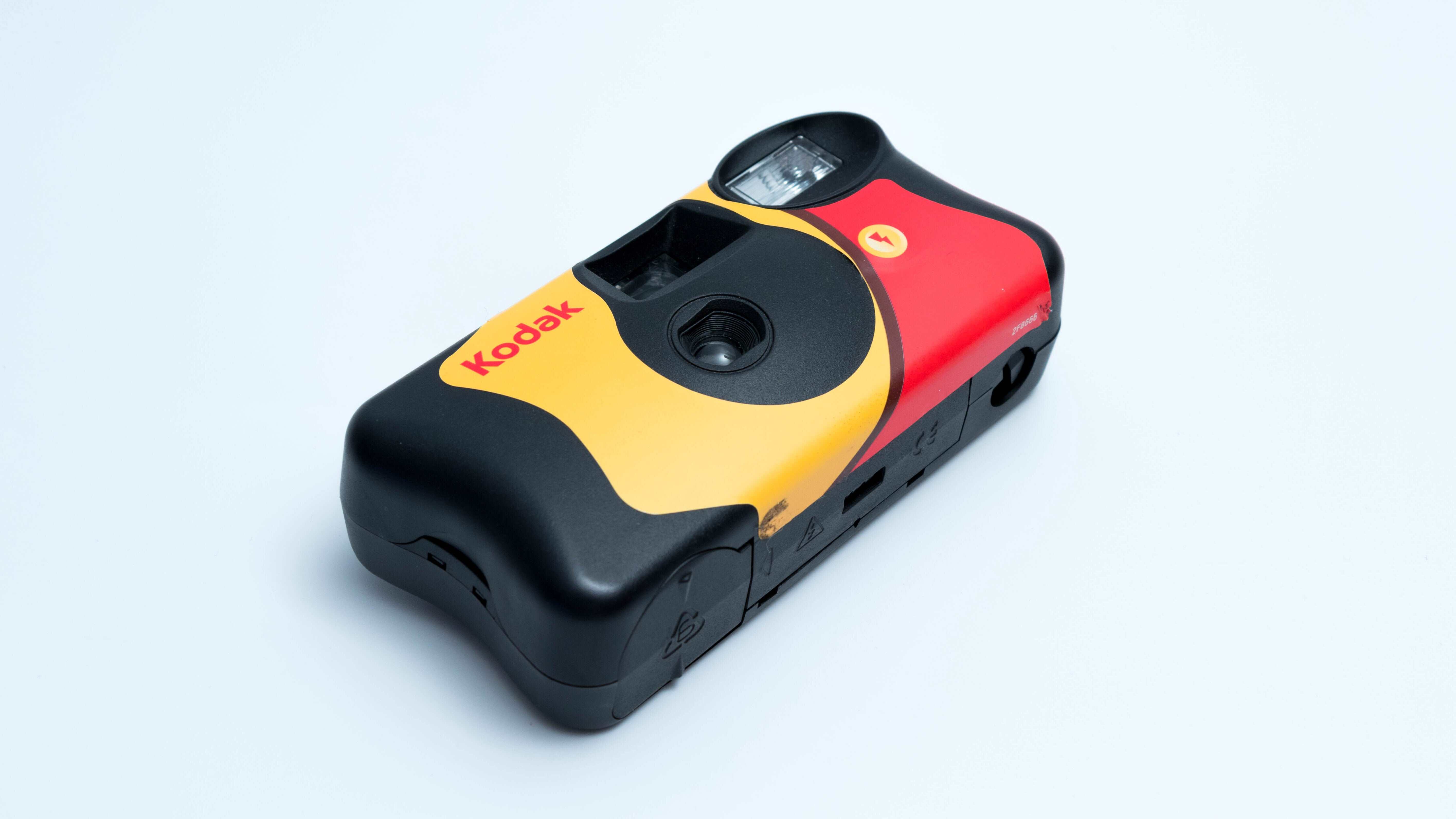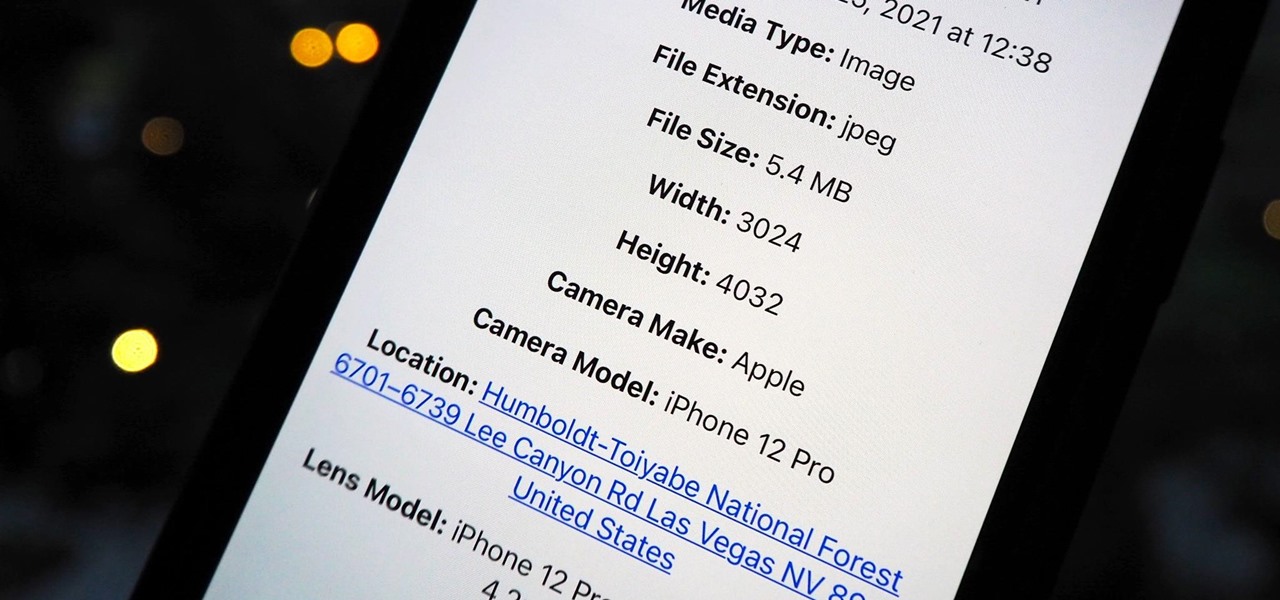Introduction
Welcome to the world of digital photography! In this age of advanced technology, digital cameras have become an integral part of our lives. Whether you’re a professional photographer or an amateur enthusiast, owning a digital camera opens up a new realm of possibilities for capturing and preserving memories.
Gone are the days of film rolls and waiting for them to be developed. Digital cameras offer instant gratification with the ability to view and share your photos within seconds. The convenience and flexibility of digital photography have revolutionized the way we capture and experience images.
With the continuous advancements in digital camera technology, there is a wide range of options available to suit every photographer’s needs. From compact point-and-shoot cameras to high-end DSLRs, there is a digital camera for everyone, catering to different skill levels and budgets.
In this article, we will explore the fascinating world of digital cameras. We’ll delve into their history, learn how they work, explore the different types available, and discuss the essential features to consider when buying one. We’ll also explore the advantages and disadvantages of digital cameras, and provide tips for taking better photos and editing and storing digital images.
So, whether you’re a beginner looking to enter the world of digital photography or a seasoned pro seeking to upgrade your equipment, this article will serve as your guide to understanding and maximizing the potential of digital cameras. Let’s embark on this journey together and discover the endless possibilities that await behind the lens!
History of Digital Cameras
The concept of a digital camera dates back to the 1970s when scientists at Kodak developed the first prototype. However, it wasn’t until the 1990s that digital cameras started gaining popularity among the general public.
The first commercial digital camera, the Dycam Model 1, was introduced in 1990. It had a resolution of 376 x 244 pixels and stored images on a removable floppy disk. Although the image quality was relatively low, it marked the beginning of a new era in photography.
Over the years, digital cameras underwent significant advancements. In 1994, Apple introduced the QuickTake 100, the first mass-market consumer digital camera. It had a resolution of 640 x 480 pixels and could store up to 8 photos in its internal memory.
In 1999, Nikon introduced the Nikon D1, the first digital single-lens reflex (DSLR) camera targeted at professional photographers. It featured a 2.7-megapixel sensor and was capable of capturing high-quality images. This groundbreaking release paved the way for DSLRs to dominate the professional photography industry.
The early 2000s witnessed a boom in the digital camera market, with manufacturers introducing compact point-and-shoot cameras with higher resolutions and advanced features. As technology advanced, digital cameras became more affordable, smaller in size, and offered improved image quality.
In 2007, the launch of the first-generation iPhone revolutionized photography even further. With its built-in camera, it allowed users to capture, edit, and share photos instantly. This marked the beginning of smartphones embedding high-quality cameras, revolutionizing the way we capture and share moments.
Fast forward to today, digital cameras have become more powerful and feature-packed than ever before. We now have mirrorless interchangeable-lens cameras, compact advanced cameras, and even 360-degree cameras that capture immersive images and videos.
The history of digital cameras shows the remarkable progression from pixelated and low-resolution images to high-definition photographs that exceed the capabilities of traditional film cameras. With each advancement, digital cameras continue to push the boundaries of what is possible in photography, allowing us to capture and preserve moments with incredible detail and clarity.
How Digital Cameras Work
At first glance, a digital camera may seem like a complex piece of technology, but understanding the basic working principles can demystify its inner workings.
The process begins when light enters the camera through the lens. The lens focuses the light onto an image sensor, which is typically a charge-coupled device (CCD) or a complementary metal-oxide-semiconductor (CMOS) sensor. These sensors consist of millions of tiny photosites that convert light into electrical signals.
Once the light is converted into electrical signals, they are then processed by a digital image processor. This processor analyzes the signals, applies algorithms, and adjusts various parameters such as exposure, white balance, and color saturation to produce a high-quality image.
The processed image data is then stored on a memory card. Digital cameras usually support different types of memory cards, such as Secure Digital (SD) cards, CompactFlash (CF) cards, or Memory Stick Duo cards, which provide ample storage capacity.
Unlike film cameras, digital cameras offer the convenience of previewing and reviewing images on an LCD screen located at the back of the camera. This allows photographers to instantly assess the quality of their shots and make adjustments if needed.
In addition to capturing still photos, digital cameras are also capable of recording videos. They use the same image sensor and digital image processor to capture and process moving images. The recorded video files are then stored on the memory card along with the photos.
Digital cameras also come equipped with various shooting modes and settings to cater to different shooting situations and preferences. These include manual mode, aperture priority, shutter priority, scene modes, and more. These settings allow photographers to have full control over their images, enabling them to unleash their creativity.
One of the advantages of digital cameras is their ability to connect to computers or other devices. This allows photographers to transfer their photos and videos easily for further editing or sharing on social media platforms.
Understanding how digital cameras work provides valuable insight into the factors that affect image quality, such as sensor size, lens quality, and image processing capabilities. By knowing these fundamentals, photographers can make informed decisions when choosing a digital camera that suits their needs and take full advantage of its capabilities.
Types of Digital Cameras
When it comes to digital cameras, there is a wide range of options available, each designed to cater to different photography needs and preferences. Let’s explore the various types of digital cameras:
1. Compact Point-and-Shoot Cameras: These cameras are small, lightweight, and extremely portable, making them ideal for everyday photography. They offer automatic settings, making them user-friendly for beginners. Compact cameras usually have fixed lenses and are known for their convenience and ease of use.
2. Bridge Cameras: Bridge cameras bridge the gap between compact point-and-shoot cameras and more advanced models. They offer a larger zoom range and manual controls, giving users more flexibility and creative freedom. While they are larger than compact cameras, they are still relatively compact compared to DSLRs.
3. Digital Single-Lens Reflex (DSLR) Cameras: DSLRs are popular among professional photographers and enthusiasts. They offer exceptional image quality, interchangeable lenses, and advanced manual controls. DSLRs utilize a mirror system that reflects light into an optical viewfinder, allowing photographers to see the exact scene they are capturing.
4. Mirrorless Cameras: Mirrorless cameras are gaining popularity for their compact size and high image quality. They do not have a mirror system like DSLRs, resulting in a smaller and lighter body. With interchangeable lenses and advanced features, mirrorless cameras offer great versatility for both photography and videography.
5. Action Cameras: Action cameras are designed for capturing fast-paced activities and extreme sports. They are compact, rugged, and able to withstand harsh environments. Action cameras are known for their wide-angle lenses and superb image stabilization, allowing users to capture immersive and stable footage.
6. Medium Format Cameras: Medium format cameras are favored by professional photographers for their exceptional image quality and large sensor size. They are typically used in commercial, fashion, and landscape photography where detail and precision are paramount.
7. Instant Print Cameras: These fun cameras allow you to capture a moment and print it instantly. They give a nostalgic feel by providing a physical printout of the image right after you take the shot.
It’s important to consider your photography needs, budget, and level of expertise when choosing the right digital camera. Each type has its own advantages and disadvantages, so it’s worth exploring and experimenting to find the camera that suits you best. Whether you’re a beginner or a professional, there is a digital camera out there that will help you capture your vision and unleash your creativity.
Features to Consider When Buying a Digital Camera
With the wide variety of digital cameras available on the market, it’s important to consider certain features and specifications to ensure you choose the right camera for your needs. Here are some key factors to consider when buying a digital camera:
1. Megapixel Count: The megapixel count refers to the resolution of the camera’s image sensor. Higher megapixels generally result in sharper and more detailed images. However, don’t solely focus on megapixels as other factors like sensor size and image processing also impact image quality.
2. Sensor Size: The size of the image sensor affects low-light performance, dynamic range, and overall image quality. Larger sensors tend to capture more light and produce better image quality, especially in challenging lighting conditions.
3. Zoom Range and Lens Type: Consider the zoom range offered by the camera, both optical and digital zoom. A wide zoom range gives you more flexibility for capturing various subjects. Additionally, pay attention to the lens type and its aperture range, as they affect the camera’s performance in different lighting conditions.
4. ISO Range: ISO determines the camera’s sensitivity to light. A wider ISO range allows for better performance in low-light situations without sacrificing image quality. Look for cameras with a broad ISO range for greater versatility.
5. Image Stabilization: Image stabilization helps reduce camera shake, resulting in sharper photos and smoother videos. Look for cameras with built-in optical or electronic image stabilization for better results, especially when shooting handheld or in challenging conditions.
6. Video Recording: If you plan to shoot videos, consider the camera’s video recording capabilities. Look for cameras that support high-resolution video, manual controls, and various frame rate options for creative flexibility.
7. Manual Controls: Advanced photographers may prefer cameras that offer manual controls like aperture priority, shutter priority, and full manual mode. These settings allow for more creative control over the final image.
8. Connectivity Options: Consider the camera’s connectivity options for transferring photos and videos. Look for cameras with built-in Wi-Fi, NFC, or Bluetooth capabilities to easily share and transfer files to your computer or mobile devices.
9. Battery Life: Battery life is an essential factor, especially for travel and outdoor photography. Look for cameras with long-lasting batteries or consider purchasing extra batteries or a battery grip for extended shooting sessions.
10. Price and Budget: Finally, establish your budget and consider the price range that fits your needs. Remember to weigh the features and specifications against the price to find a camera that offers the best value for your money.
By considering these features and specifications, you can make an informed decision and find a digital camera that meets your specific requirements. Additionally, reading reviews and seeking advice from experts or fellow photographers can provide valuable insights to help you select the perfect camera for your photography journey.
Advantages and Disadvantages of Digital Cameras
Digital cameras have revolutionized the world of photography, offering numerous advantages over their film counterparts. However, they also come with their fair share of drawbacks. Let’s examine the advantages and disadvantages of digital cameras:
Advantages:
1. Instant Preview and Feedback: One of the biggest advantages of digital cameras is the ability to instantly review photos on the LCD screen. This allows photographers to assess the image quality, composition, and exposure right after capturing the shot. It gives immediate feedback, enabling adjustments to be made and reshoots if necessary.
2. Cost Savings on Film and Developing: The cost savings associated with digital cameras are substantial. There is no need to buy film rolls, as digital images are stored on memory cards. Additionally, there are no expenses for developing or printing photos, as they can be viewed and shared digitally.
3. Flexibility and Convenience: Digital cameras offer unparalleled flexibility and convenience. They allow users to take a vast number of photos without limitations imposed by the number of film rolls. The ability to switch between different shooting modes and adjust settings on the fly provides increased control and creative options.
4. Easy Post-Processing and Editing: Digital images can be easily edited and enhanced using a variety of software applications. This provides photographers with the freedom to apply adjustments, corrections, and creative effects without compromising the original image.
5. Instant Sharing and Online Presence: With digital cameras, sharing photos has never been easier. Instantly uploading images to social media platforms, websites, or sending them through email allows for immediate sharing with friends, family, or clients. This instant sharing also helps photographers build an online presence and receive timely feedback.
Disadvantages:
1. Higher Initial Cost: Digital cameras, especially advanced models with the latest features, can be expensive, making them less accessible to budget-constrained individuals. However, lower-priced options are available, offering good performance for beginners and hobbyists.
2. Learning Curve: Digital cameras come with a learning curve, especially for those transitioning from film photography or those new to photography. Understanding manual settings, image processing, and post-processing techniques may require time and practice.
3. Reliance on Batteries and Storage: Digital cameras rely on batteries for power, which means the need to carry spares or recharge them regularly. Additionally, photographers need to keep track of storage space on memory cards to avoid running out of storage during important shoots.
4. Image Quality Limitations: Although digital cameras have come a long way in terms of image quality, some photographers argue that film still captures certain aesthetics better, such as dynamic range and tonal nuances. However, advancements in sensor technology continue to narrow this gap.
5. Technical Issues and Vulnerability: Digital cameras are susceptible to technical issues, including sensor dust, autofocus errors, or software glitches. Additionally, the reliance on electronic components makes them more prone to damage from mishandling, extreme weather conditions, or accidental drops.
Understanding the advantages and disadvantages of digital cameras allows photographers to make informed decisions based on their needs and preferences. Despite the drawbacks, the wide array of benefits offered by digital cameras makes them an invaluable tool for capturing, preserving, and sharing the beauty of the world through the lens.
Tips for Taking Better Photos with a Digital Camera
Whether you’re a beginner or an experienced photographer, there are always ways to improve your skills and capture stunning images with your digital camera. Here are some helpful tips to enhance your photography:
1. Understand Your Camera: Take the time to read the camera’s manual, explore its settings, and understand its features. Knowing how to adjust settings like aperture, shutter speed, ISO, and white balance will give you more control over your photos.
2. Master Composition: Learn and practice the rule of thirds, leading lines, framing, and other composition techniques. Composing your shots thoughtfully can greatly enhance the visual impact and storytelling of your photos.
3. Pay Attention to Lighting: Lighting is crucial in photography. Experiment with different lighting conditions, such as soft natural light, golden hour, or even dramatic shadows. Additionally, consider using external flash or diffusers for better control over harsh lighting situations.
4. Focus on Sharpness: Ensure your subject is in focus by using single-point autofocus or manually adjusting the focus. To avoid camera shake, use a tripod or stabilize yourself by leaning against a stable surface when shooting in low-light conditions or using slower shutter speeds.
5. Experiment with Depth of Field: Understanding how aperture affects the depth of field can add depth and interest to your photos. Experiment with different aperture settings to create blurry backgrounds (shallow depth of field) or keep the entire scene in focus (deep depth of field).
6. Capture Candid Moments: Candid moments often result in the most authentic and emotional photographs. Be patient, observe your surroundings, and anticipate the right moment to capture genuine expressions and interactions.
7. Utilize Different Perspectives: Don’t be afraid to experiment with different angles and viewpoints. Get down low, climb higher, or try shooting from unconventional angles to add a fresh perspective to your photos.
8. Use Leading Lines and Framing: Utilize natural lines in your composition to guide the viewer’s eye and create a sense of depth. Incorporate elements like archways, roads, or tree branches to frame your subject and draw focus to the main point of interest.
9. Explore the Power of Post-Processing: Post-processing can enhance your photos and bring out their full potential. Experiment with basic adjustments like exposure, contrast, and saturation, but be careful not to overdo it. Software like Adobe Lightroom or Photoshop can offer more advanced editing options.
10. Practice and Experiment: The more you practice and explore different genres of photography, the more you’ll develop your unique style and creative vision. Don’t be afraid to try new techniques, experiment with different subjects, and learn from your mistakes.
Remember, photography is a form of self-expression, and there’s no right or wrong way to capture an image. These tips serve as guidelines to improve your photography skills, but ultimately, it’s your creativity and vision that will produce extraordinary and captivating photographs. So, grab your camera, step out with an open mind, and enjoy the journey of capturing moments and telling stories through your lens.
Editing and Storing Digital Photos
Once you’ve captured your digital photos, the next step is to edit and store them properly to preserve their quality and ensure easy access. Here are some tips for editing and storing your digital photos:
1. Organize Your Photos: Start by creating a well-structured folder system to organize your digital photos. Use descriptive filenames and create subfolders by date, event, or subject to make it easier to locate specific photos later on.
2. Backup Your Photos: It’s crucial to have multiple backups of your digital photos to prevent loss in case of hardware failure or accidental deletion. Consider using an external hard drive, cloud storage services, or both for secure, offsite backups.
3. Choose a Reliable Editing Software: There are numerous photo editing software options available, ranging from basic to advanced. Consider applications like Adobe Lightroom, Photoshop, or free alternatives like GIMP or Pixlr for editing and enhancing your digital photos.
4. Adjust Exposure and White Balance: Start by adjusting the exposure and white balance of your photos to correct any issues with brightness or color temperature. These adjustments can greatly enhance the overall look and feel of your images.
5. Crop and Straighten: Use cropping to remove unwanted elements and improve the composition of your photos. Straighten any crooked horizons or lines to create a more visually pleasing image.
6. Enhance Colors and Contrast: Use tools like saturation, vibrance, and contrast to enhance the colors and make your photos pop. Be mindful of not going overboard with adjustments, as it may result in unnatural-looking images.
7. Retouch and Remove Flaws: Use spot healing or clone stamp tools to fix minor blemishes, dust spots, or distractions in your photos. Be careful not to overdo the retouching, as maintaining the natural look of the image is important.
8. Experiment with Filters and Effects: Get creative and experiment with various filters and effects to add a unique touch to your photos. But remember to use them sparingly and with purpose, as excessive use can distract from the essence of the image.
9. Save in Appropriate File Formats: When saving your edited photos, use high-quality file formats like JPEG or TIFF to preserve the details and colors. Avoid repeatedly saving JPEG files, as it can result in quality loss due to compression.
10. Share Your Photos: Once your photos are edited and stored, share them with friends, family, or online communities. Explore social media platforms, personal websites, or online photography portfolios to showcase your work and receive valuable feedback.
Remember, editing is your chance to enhance the potential of your digital photos, but it’s important to strike a balance and maintain the integrity of the original image. Enjoy the creative process, experiment with different techniques, and let your unique style shine through in your final edits. With proper organization and backup strategies, your treasured digital photos will be preserved for years to come.
Conclusion
Digital cameras have transformed the world of photography, offering countless opportunities for photographers of all levels. They provide instant feedback, flexibility, and convenience, allowing us to capture and preserve moments with ease. From compact point-and-shoot cameras to advanced DSLRs and mirrorless options, there is a digital camera to suit every need and budget.
Understanding the history and mechanics of digital cameras empowers photographers to make informed decisions when purchasing their equipment. Considering factors such as megapixel count, sensor size, zoom range, and manual controls can greatly enhance the photography experience.
While digital cameras offer numerous advantages like cost savings, instant sharing, and easy post-processing, they also come with their fair share of disadvantages. Higher initial costs, technical issues, and a learning curve are some factors to consider. However, these drawbacks are often outweighed by the benefits digital cameras offer in terms of convenience, image quality, and creative freedom.
To maximize the potential of digital cameras, it’s essential to continually improve photography skills. Mastering composition techniques, understanding lighting, and experimenting with different perspectives can elevate the quality of your photos. Post-processing, when used tastefully, enhances the images and allows photographers to add their personal touch.
Lastly, proper organization and backup of digital photos play a vital role in preserving our cherished memories. By creating a well-structured folder system and backing up files on external drives or cloud storage, we can protect our photos from being lost or damaged.
In conclusion, digital cameras have opened up a world of possibilities for photographers. Whether you’re capturing everyday moments or pursuing professional endeavors, embracing the advancements in digital photography allows us to explore our creativity, document stories, and share our unique perspectives with the world.







